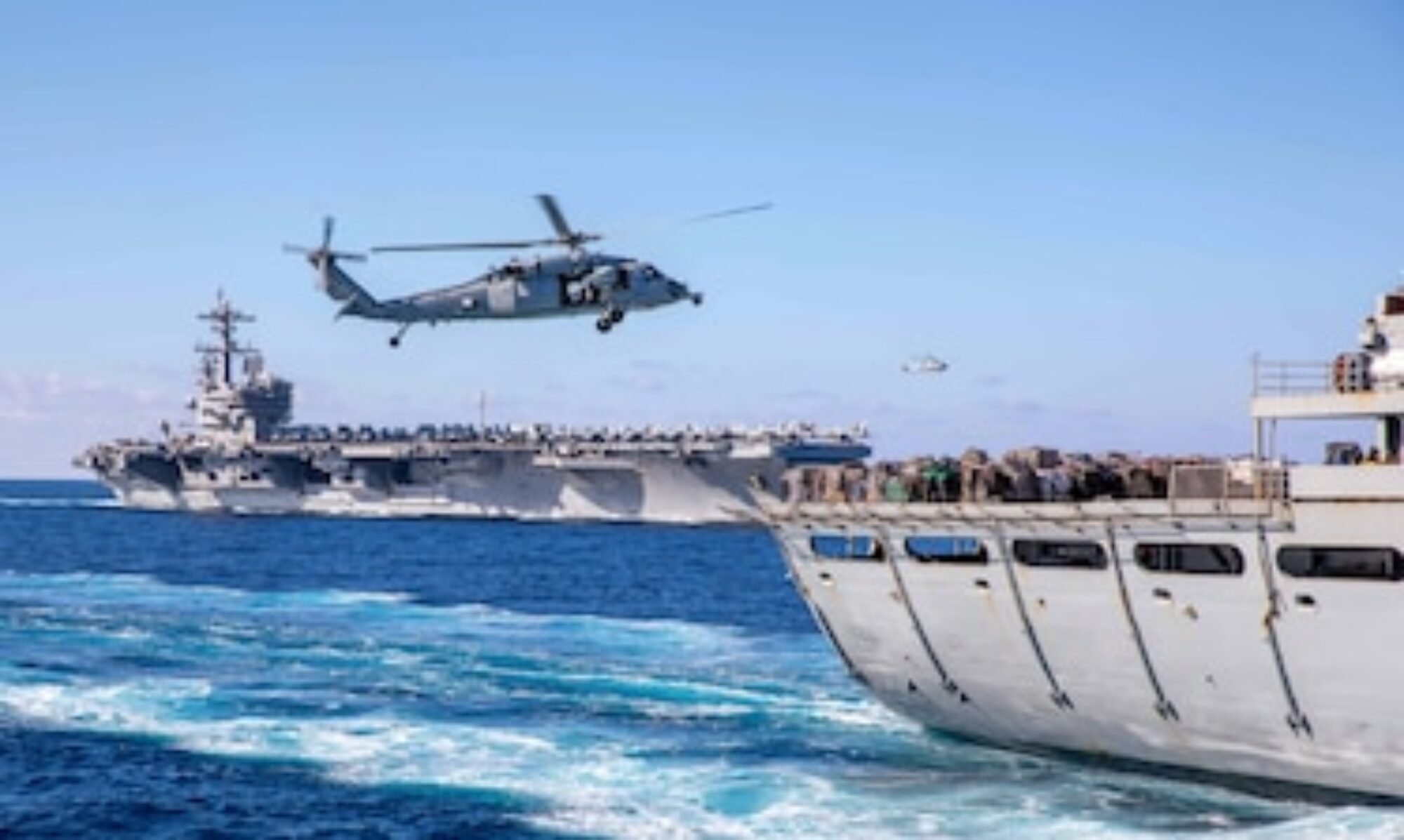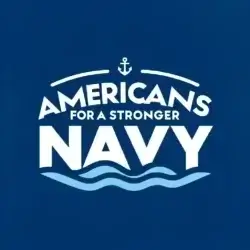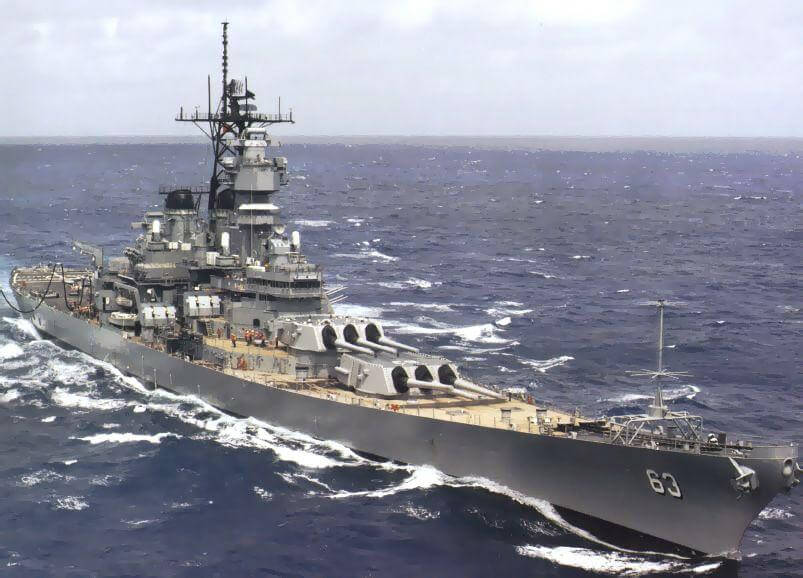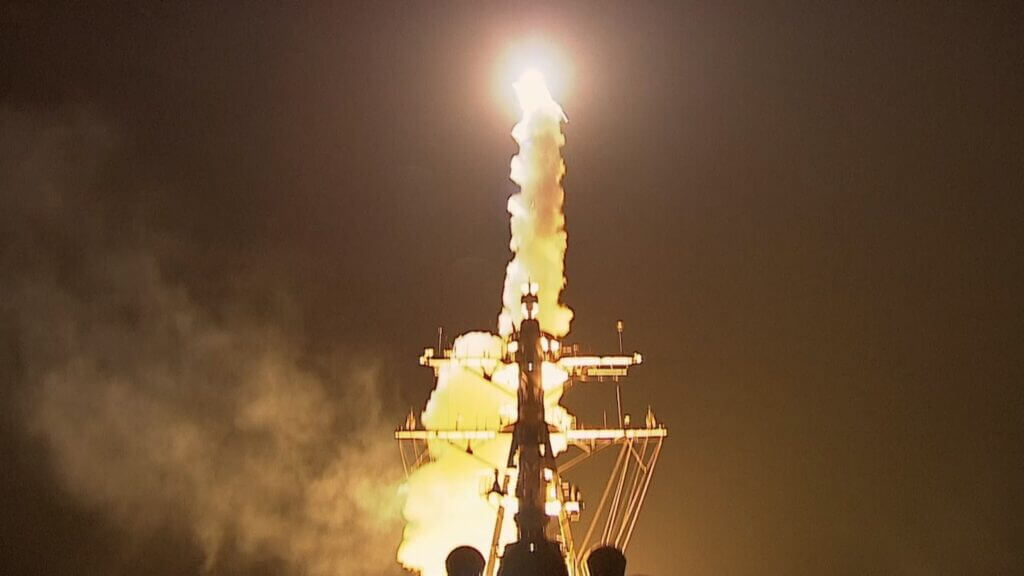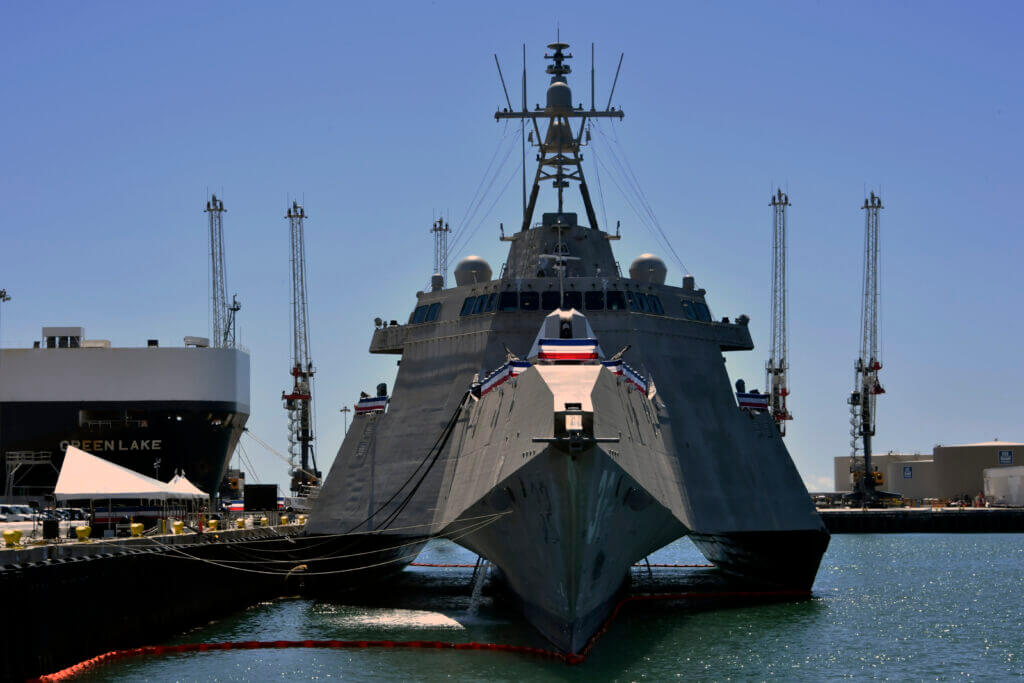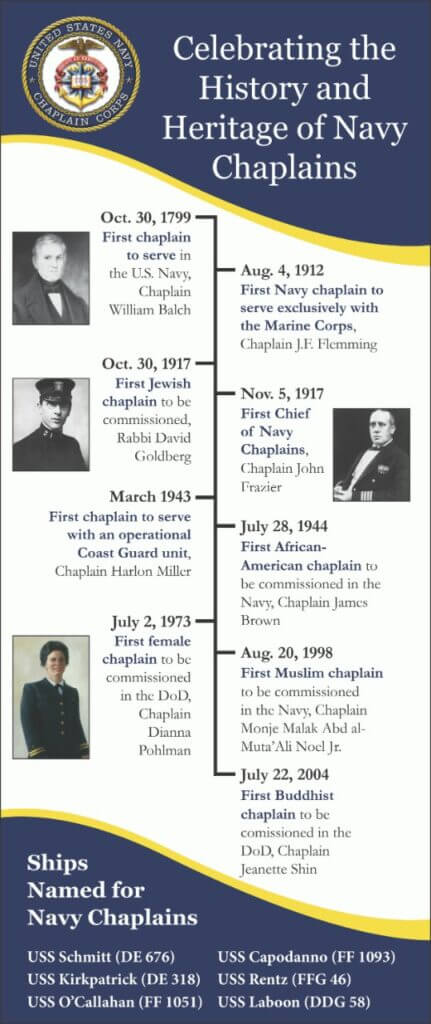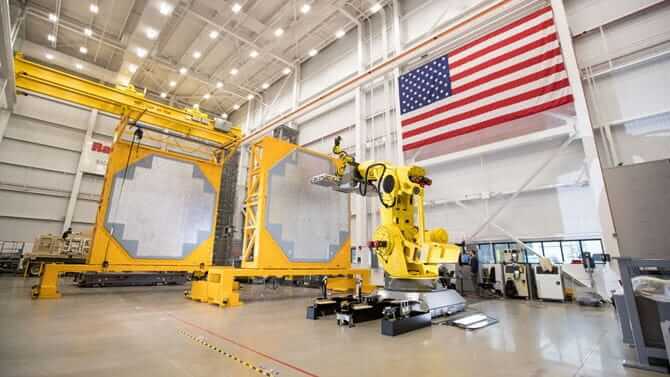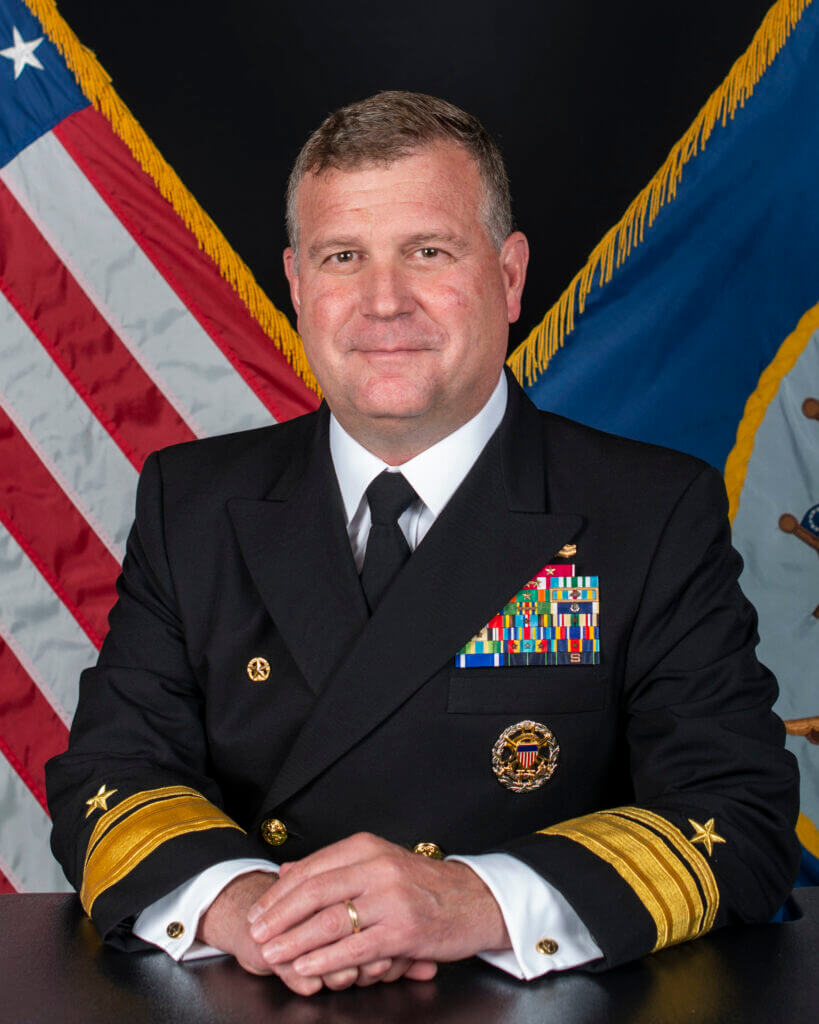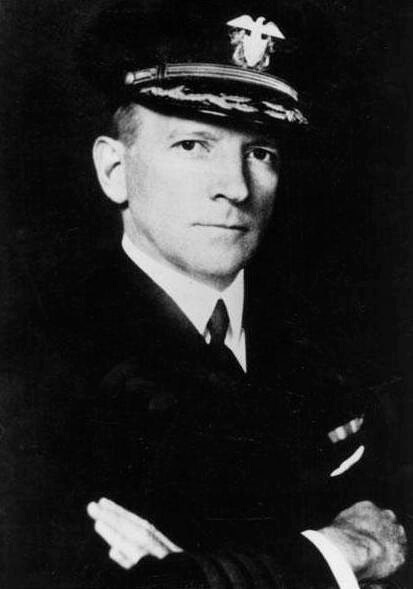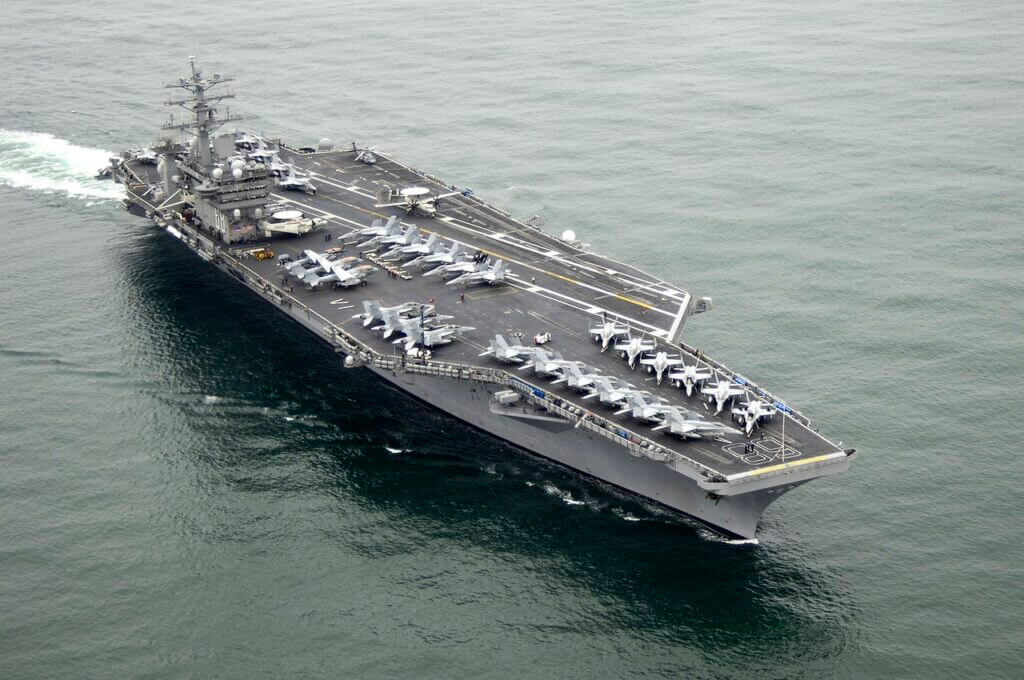As Americans, we have a responsibility to support and defend our nation, and one of the most important ways we can do this is by advocating for a strong and capable military. That’s why te Americans for a Stronger Navy members are proud to feature the Fleet Reserve Association (FRA) as part of our ongoing efforts to support our men and women in uniform.
In this blog post, we will explore the important work of the Fleet Reserve Association (FRA) and highlight their contributions to our nation’s military and veterans.
The Fleet Reserve Association (FRA) is a non-profit organization that advocates for the rights and benefits of active duty, reserve, and retired members of the U.S. Navy, Marine Corps, and Coast Guard. Founded in 1924, the FRA is the oldest and largest organization of its kind, with over 50,000 members and more than 200 branches across the United States, Europe, and Asia.
The mission of the FRA is to enhance and safeguard the pay, benefits, and quality of life for all members of the sea services and their families, as well as to promote a strong national defense and a robust U.S. Navy. The FRA achieves this mission through a variety of programs and initiatives, including:
- Legislative advocacy: The FRA works with Congress and the Department of Defense to ensure that sea service members receive the pay, benefits, and support they deserve.
- Scholarships: The FRA offers a variety of scholarships to help members and their families pursue higher education.
- Community service: The FRA supports a wide range of community service projects, including youth programs, veterans’ organizations, and disaster relief efforts.
- Camaraderie: The FRA provides a sense of camaraderie and support for sea service members and their families, helping them to stay connected and informed.
The FRA is headquartered in Alexandria, Virginia, and has branches located throughout the United States and overseas. According to its website, “The FRA has worked to influence legislation that protects your rights and guarantees your benefits. In addition, the Association has been a watchdog on government activities that affect military readiness or overall national security.”
The FRA’s commitment to a strong national defense and a robust U.S. Navy aligns with the mission of Americans for a Stronger Navy, which seeks to educate and inform the public about the importance of a strong and capable Navy. As such, the FRA and Americans for a Stronger Navy share a common goal of ensuring that the sea services have the resources they need to protect our nation’s interests and promote global stability.
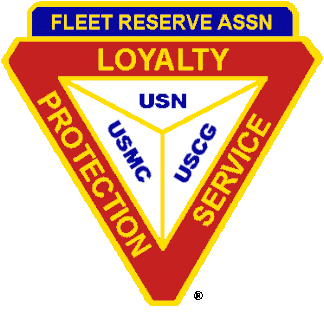
For additional information vist them on the web,
